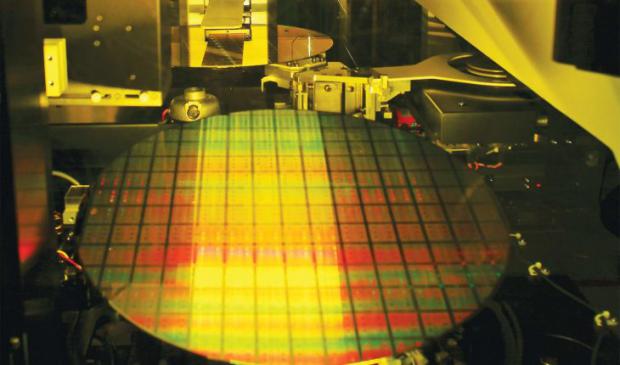
Breaking News
 Israeli chief of staff officially approves plan to occupy Gaza City
Israeli chief of staff officially approves plan to occupy Gaza City
 Report From "Blueprint for Peace"
Report From "Blueprint for Peace"
 Are They Lying to Us About Inflation?
Are They Lying to Us About Inflation?
Top Tech News
 Chinese Scientists Produce 'Impossible' Steel to Line Nuclear Fusion Reactors in Major Break
Chinese Scientists Produce 'Impossible' Steel to Line Nuclear Fusion Reactors in Major Break
 1,000 miles: EV range world record demolished ... by a pickup truck
1,000 miles: EV range world record demolished ... by a pickup truck
 Fermented Stevia Extract Kills Pancreatic Cancer Cells In Lab Tests
Fermented Stevia Extract Kills Pancreatic Cancer Cells In Lab Tests
 3D printing set to slash nuclear plant build times & costs
3D printing set to slash nuclear plant build times & costs
 You can design the wheels for NASA's next moon vehicle with the 'Rock and Roll Challenge
You can design the wheels for NASA's next moon vehicle with the 'Rock and Roll Challenge
 'Robot skin' beats human reflexes, transforms grip with fabric-powered touch
'Robot skin' beats human reflexes, transforms grip with fabric-powered touch
 World's first nuclear fusion plant being built in US to power Microsoft data centers
World's first nuclear fusion plant being built in US to power Microsoft data centers
 The mitochondria are more than just the "powerhouse of the cell" – they initiate immune...
The mitochondria are more than just the "powerhouse of the cell" – they initiate immune...
 Historic Aviation Engine Advance to Unlock Hypersonic Mach 10 Planes
Historic Aviation Engine Advance to Unlock Hypersonic Mach 10 Planes
 OpenAI CEO Sam Altman Pitches Eyeball-Scanning World ID to Bankers
OpenAI CEO Sam Altman Pitches Eyeball-Scanning World ID to Bankers
TSMC will starting full EUV lithography of 5 nanometer chips April 2019

The foundry's update showed that area and power gains continue in its leading-edge nodes, but chip speeds are no longer advancing at their historic rate. To compensate, TSMC gave an update on a half-dozen packaging techniques that it is developing to speed connections between chips.
The TSMC N7+ node that can use EUV on up to four layers. Its N5 that will use EUV on up to 14 layers will be ready for risk production in April. EUV aims to lower costs by reducing the number of masks required for leading-edge designs.
Samsung is ramping a 7-nm node using EUV. Intel is not expected to use EUV anytime soon. Globalfoundries announced in August that it has halted work on 7 nm and EUV.

 The Remote Access Car . . .
The Remote Access Car . . .

